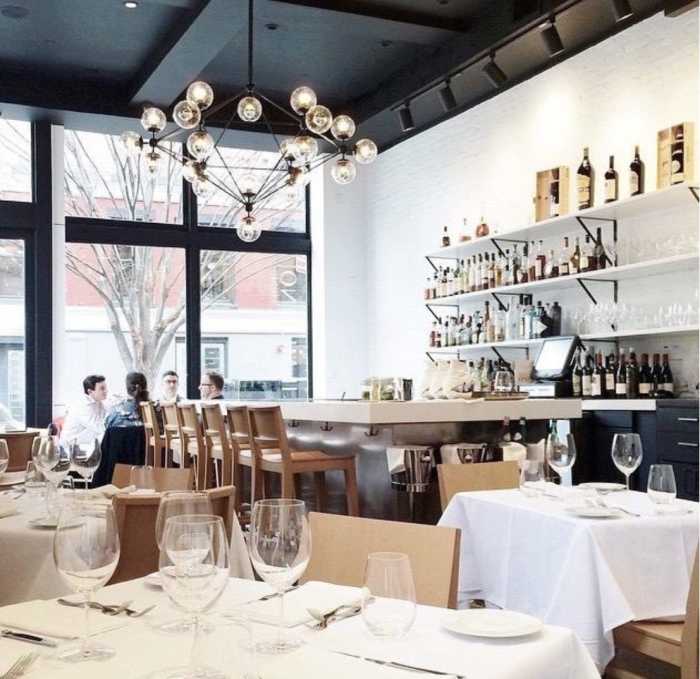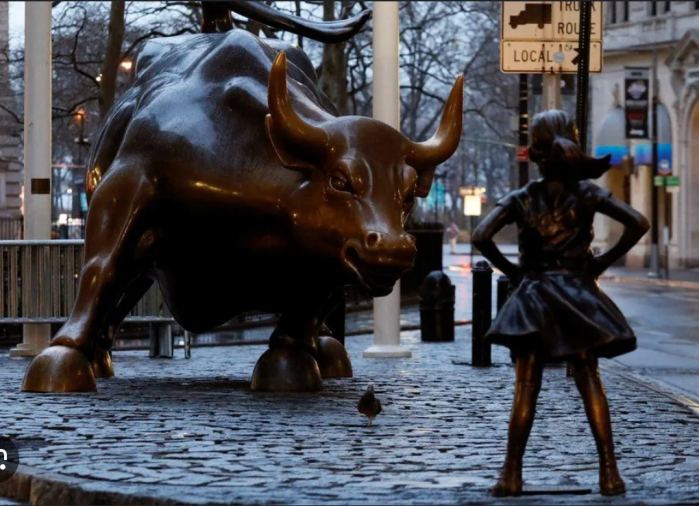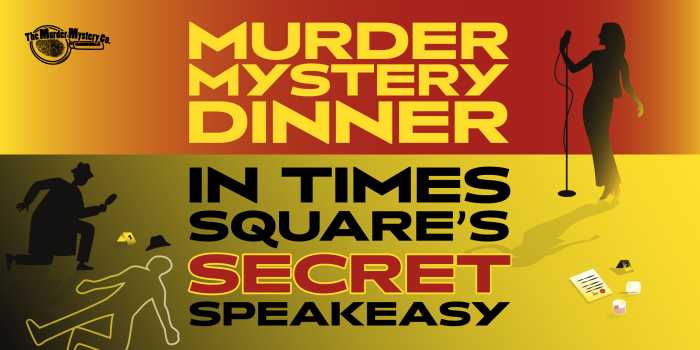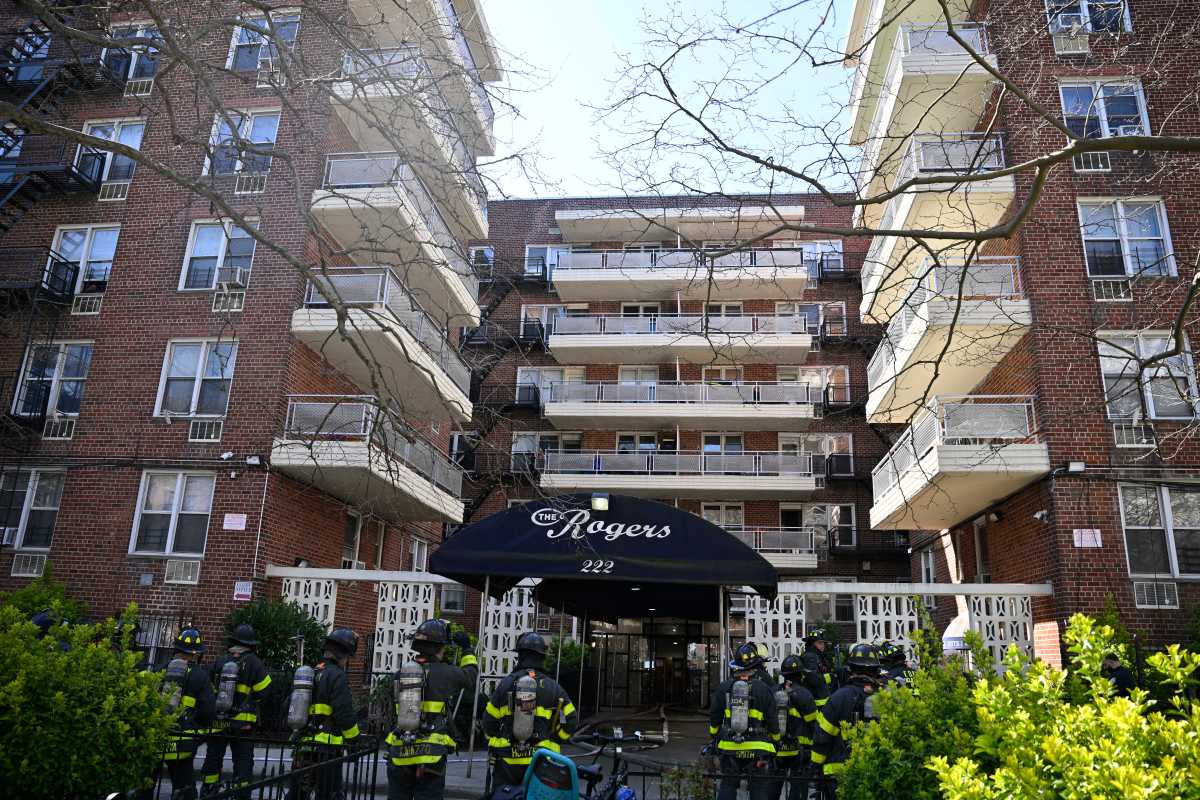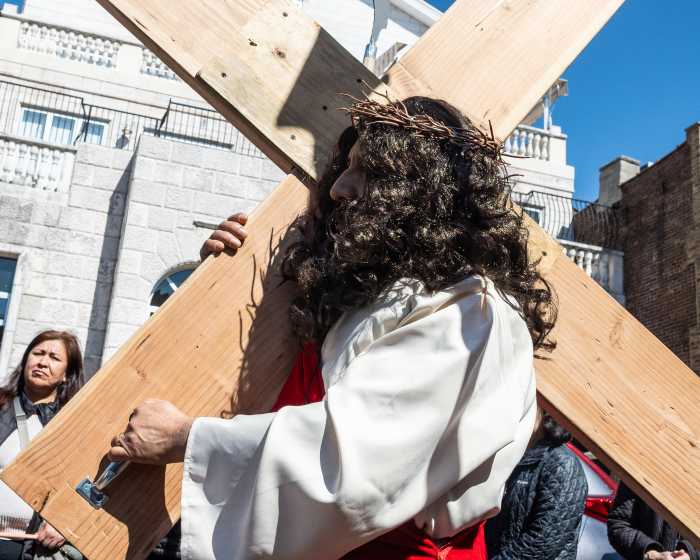There are certain works of art that feel as if they’ve traveled through time to find you. They are not tethered to trend or bound by market demand, but rather, arrive like cathedral bells through fog—resonant, urgent, and utterly impossible to ignore.
Esper Lucat (Deluxe Edition) by Magne Furuholmen is just such a body of work. Presented by DTR Modern Galleries at The National Arts Club from April 28 through May 30, this exhibition is not merely a show—it is a spiritual exhale, a technicolor meditation, a requiem reimagined as rapture.
Magne Furuholmen is no stranger to fame. A founding member of the seminal synth-pop band A-ha, his music defined a generation. But beneath the gloss of keyboards and global tours, Furuholmen harbored a deeper rhythm — a pulse that whispered in pigment, line, and lithograph.
Over the years, he has emerged as one of Norway’s most introspective and revered visual artists, knighted by King Harald and exhibited across Europe for a practice that swings between reverence and rebellion with the grace of a seasoned jazz soloist.

In Esper Lucat (Deluxe Edition), Furuholmen turns inward—toward the sacred, the storied, and the sorrowful. The title, pulled from the Latin inscription “Hope and Light” etched into a Matisse-designed chasuble, sets the tone for a suite of 49 monotypes that shimmer like stained glass and ache like psalms. Inspired by Matisse’s final chapter—the cut-outs and chapel at Vence—Furuholmen does not imitate so much as resurrect the spirit of late-career transcendence. But here, hope wears Norwegian bones and carries the unmistakable ache of personal grief.
Each of the 49 pieces in this series began with one of seven original woodcuts—seed works, if you will—and was then subjected to a process of radical variation: layered, reworked, and refracted through color, memory, and time. The result? A suite of monotypes that behave like jazz—structure beneath improvisation, rhythm tempered by restraint.
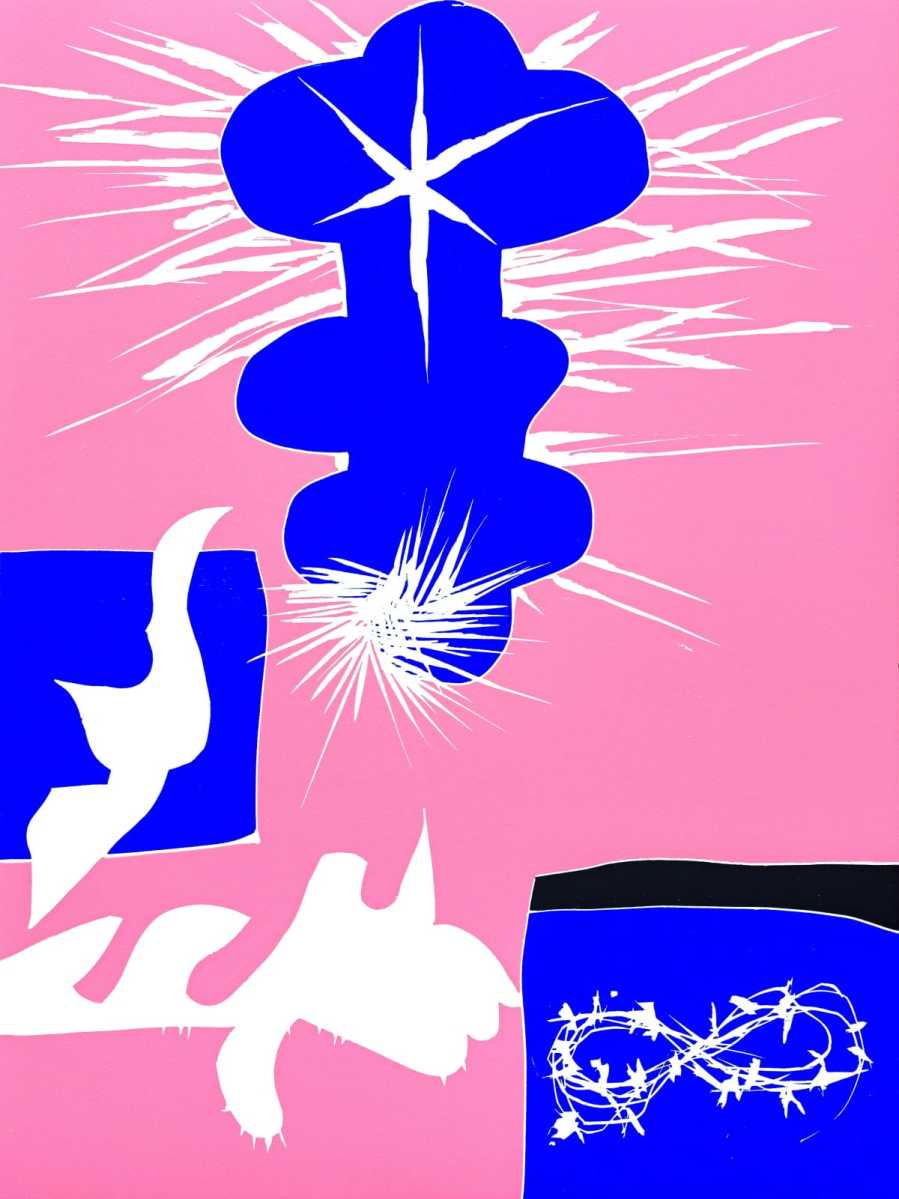
These works do not shout; they hum. They vibrate. They glow from within.
And while their aesthetic lineage draws from Matisse’s spiritual modernism, the heartbeat behind them is wholly Furuholmen’s. His father, a jazz musician, died in a plane crash when Magne was just six. This loss—a silent architect of his interior world—feels encoded in the very paper fibers of these prints. They are elegiac, yes, but not maudlin. They are composed, but never cold. They offer the kind of beauty that is earned, not arranged.
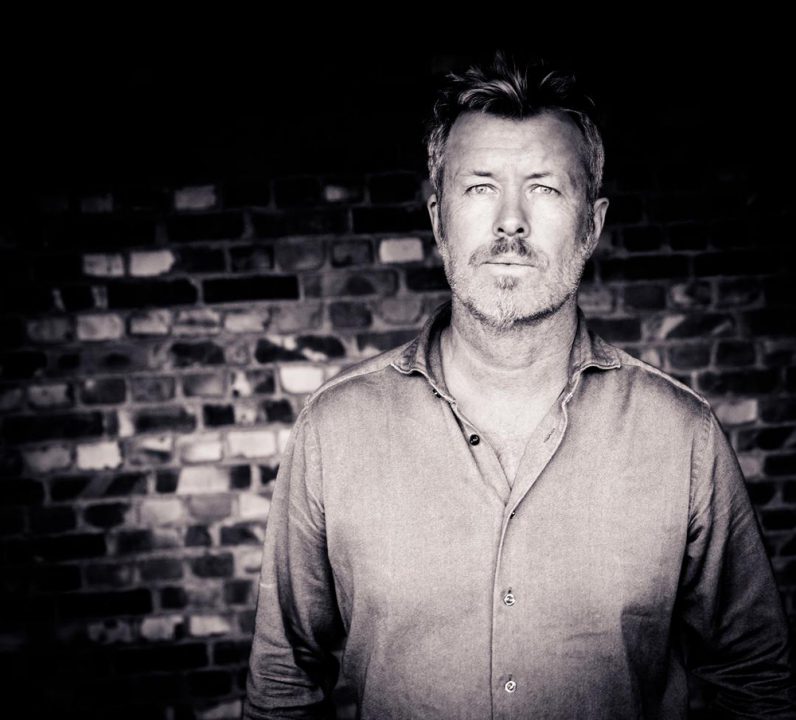
“When I first started working with woodcuts, I began to see the connection with my father in terms of stringent form and structure,” Furuholmen reflects. You can feel this discipline in the bones of each composition. But it’s not the rigidity of dogma—it’s the ritual of a son decoding a ghost in seven keys.
The exhibition is as much a theological study as it is a visual one. In these works:
- Color becomes language—white as benediction, red as sacrifice, purple as a confession only whispered in candlelight.
- Form becomes liturgy—shapes that echo cassocks, chalices, and the curve of whispered prayers.
- Typography, a signature element of Furuholmen’s practice, becomes both cipher and song—gesturing toward meaning, but never reducing itself to a single translation.
This is not art meant to flatter the eye. This is art that aches to be understood—and, in return, offers clarity.
Why This Show Matters:
- Esper Lucat (Deluxe Edition) stands as a testament to the emotional weight abstraction can carry when wielded by a hand that has known both glory and grief.
- Each work is a unique object—unrepeatable, fully realized, and humming with intention.
- Furuholmen’s rare ability to bridge pop cultural fame and fine art introspection renders this exhibition an essential cultural moment, and a remarkable opportunity for collectors who understand that beauty is only as powerful as the story it tells.
- This suite belongs not just on walls—but in conversations, institutions, and futures built on the belief that art is a form of prayer.
Furuholmen does not ask for applause. He offers instead a question: What remains when sound fades? In Esper Lucat, the answer is light.
Check out this and more @dtrmodern and dtrmodern.com.






